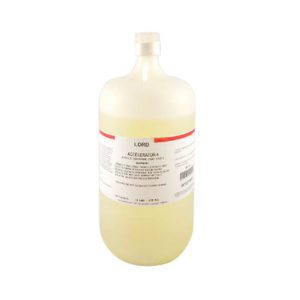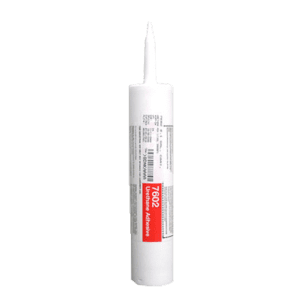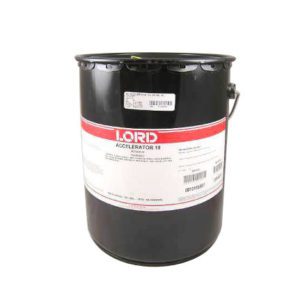Ellsworth Adhesives Europe supplies a range of Structural Adhesives manufactured by the Lord Corporation. The Lord Structural Adhesives range is diverse and consists of acrylic, epoxy and urethane adhesives with each category catering to different application requirements.
Structural Adhesives are incredibly high strength and have the ability to fasten structural materials, such as metals and wood, for long periods of time even when the adhesive joint is under load with typical applications generally for use within the engineering and industrial industries.
Characteristics are dependent on the particular application need and may involve a UV and light cure, fast cure or slow cure. Structural Adhesives are resistant to high and low operating temperatures and can appear flexible or rigid.
Structural Adhesive products are increasingly replacing rivets, tapes and welds in challenging applications. This blog post aims to increase your understanding of the advantages of using structural adhesives over conventional fastening methods.
Advantages of Structural Adhesives
 Structural Adhesives offer several important advantages over conventional fastening methods.
Structural Adhesives offer several important advantages over conventional fastening methods.
Firstly, Stress is uniformly distributed over the entire bonded area due to the concentrated stress of rivets, bolts, spot welds and similar fastening techniques being eliminated. As a result, lighter, thinner materials can be used without sacrificing strength.
Structural Adhesives have the ability to effectively bond dissimilar materials. Due to this, laminates of dissimilar material can often produce combinations superior in strength and performance to either material alone. Adhesive flexibility compensates for different coefficients of expansion between materials such as aluminium bonded to glass for example. Adhesives also provide a film barrier to reduce or prevent bi-metallic corrosion between different metals.
There is the added benefit of the bonded material integrity being maintained, mechanical fastener holds are eliminated, as well as surface marks from spot welding and brazing. With this ‘blind fastening’, you have greater design flexibility and reduced finishing.
Structural Adhesives provide maximum fatigue resistance due to their adhesive flexibility which permits extension and recovery under repeated loading. Energy absorption properties provide up to 20 times the fatigue resistance of riveted or spot welded assemblies. Overall continuous contact between mating surfaces can be provided to effectively bond and seal against the environment.
There are additional advantages of choosing structural adhesives over conventional fastening methods, these include the ability to cut costs, increase as well as simplify production. Due to this, several factors combine for savings and efficiency including, reduced material requirements, weight reduction, elimination of drilling, welding, screw fastening and similar operations. Overall minimal training is required and generally no solvents require to be vented due to the structural adhesives being bond primed or used on pre-painted surfaces.
 Shop our extensive range of structural adhesives here.
Shop our extensive range of structural adhesives here.
Concluding Thoughts
Ellsworth Adhesives Europe offers a wide range of Structural Adhesives to cater to the widest of application demands. When compared with conventional fastening methods, Structural Adhesives have the added advantages in terms of cost, time, weight and performance. For the majority of manufacturing applications, Structural Adhesives can guarantee a higher strength and longevity compared to conventional fastening methods.
To make an enquiry about any of our Structural Adhesives, contact Ellsworth Adhesives Europe via email: infoeurope@ellsworth.com or alternatively call 01355 321122. Learn more about Structural Adhesives in our archived blog post.
If you are still unsure which Structural Adhesive is best suited to your application, don’t hesitate to contact ‘The Glue Doctor’ who will be happy to analyse your application needs, end product and process requirements and recommend the most appropriate material.


